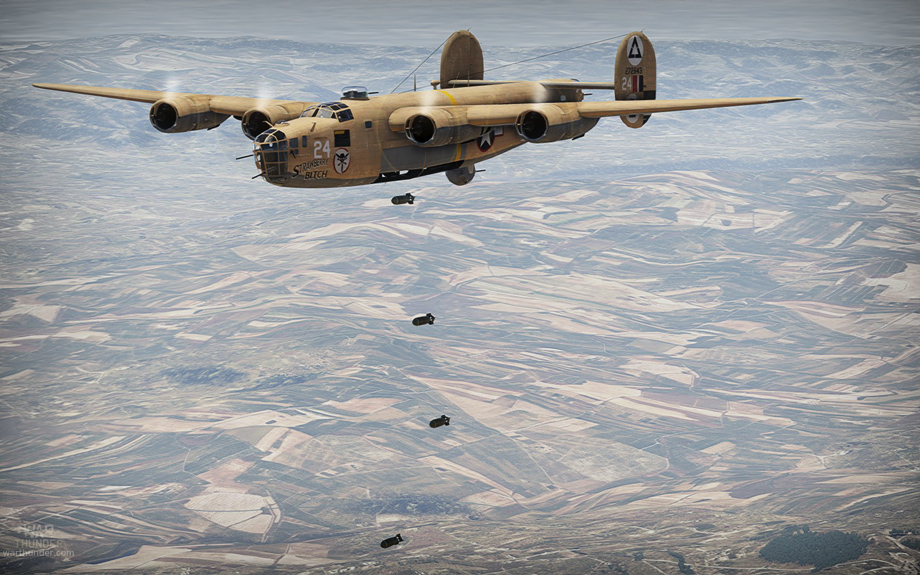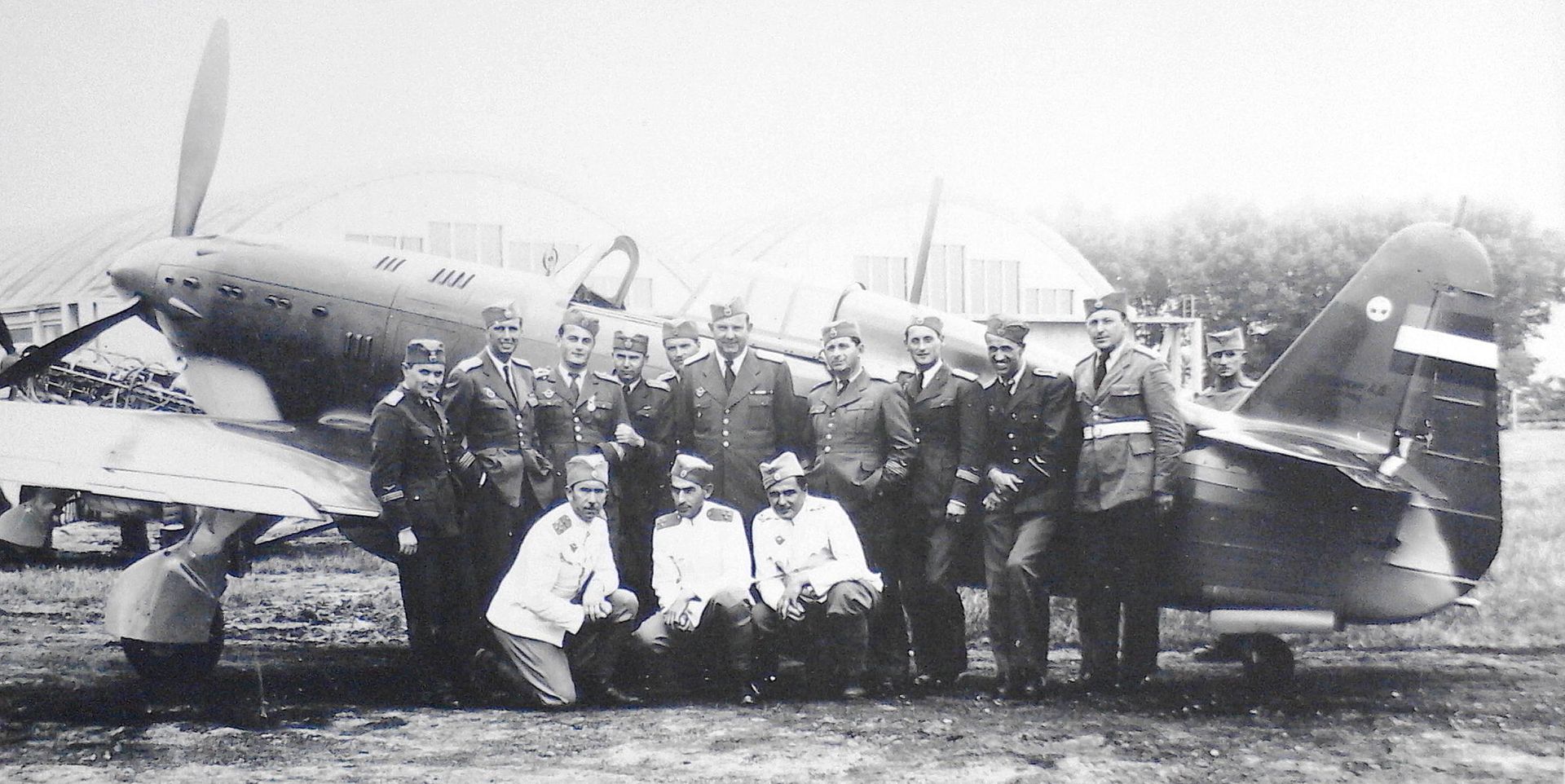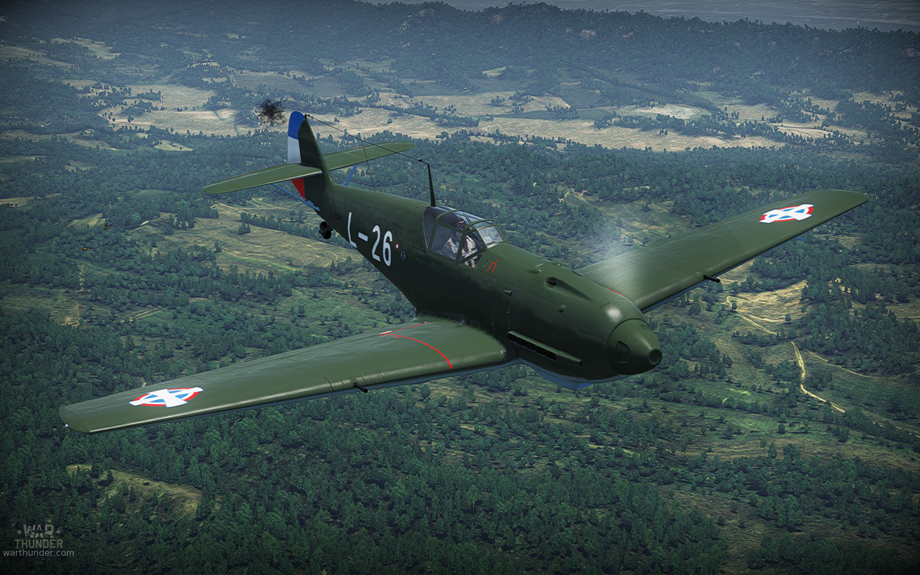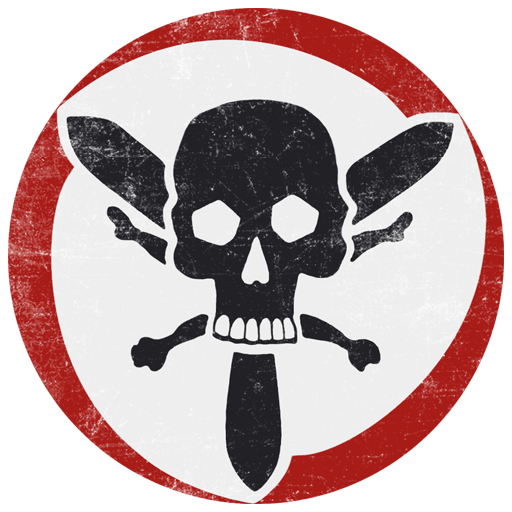
- For PC
- For MAC
- For Linux
- OS: Windows 10 (64 bit)
- Processor: Dual-Core 2.2 GHz
- Memory: 4GB
- Video Card: DirectX 11 level video card: AMD Radeon 77XX / NVIDIA GeForce GTX 660. The minimum supported resolution for the game is 720p.
- Network: Broadband Internet connection
- Hard Drive: 23.1 GB (Minimal client)
- OS: Windows 10/11 (64 bit)
- Processor: Intel Core i5 or Ryzen 5 3600 and better
- Memory: 16 GB and more
- Video Card: DirectX 11 level video card or higher and drivers: Nvidia GeForce 1060 and higher, Radeon RX 570 and higher
- Network: Broadband Internet connection
- Hard Drive: 75.9 GB (Full client)
- OS: Mac OS Big Sur 11.0 or newer
- Processor: Core i5, minimum 2.2GHz (Intel Xeon is not supported)
- Memory: 6 GB
- Video Card: Intel Iris Pro 5200 (Mac), or analog from AMD/Nvidia for Mac. Minimum supported resolution for the game is 720p with Metal support.
- Network: Broadband Internet connection
- Hard Drive: 22.1 GB (Minimal client)
- OS: Mac OS Big Sur 11.0 or newer
- Processor: Core i7 (Intel Xeon is not supported)
- Memory: 8 GB
- Video Card: Radeon Vega II or higher with Metal support.
- Network: Broadband Internet connection
- Hard Drive: 62.2 GB (Full client)
- OS: Most modern 64bit Linux distributions
- Processor: Dual-Core 2.4 GHz
- Memory: 4 GB
- Video Card: NVIDIA 660 with latest proprietary drivers (not older than 6 months) / similar AMD with latest proprietary drivers (not older than 6 months; the minimum supported resolution for the game is 720p) with Vulkan support.
- Network: Broadband Internet connection
- Hard Drive: 22.1 GB (Minimal client)
- OS: Ubuntu 20.04 64bit
- Processor: Intel Core i7
- Memory: 16 GB
- Video Card: NVIDIA 1060 with latest proprietary drivers (not older than 6 months) / similar AMD (Radeon RX 570) with latest proprietary drivers (not older than 6 months) with Vulkan support.
- Network: Broadband Internet connection
- Hard Drive: 62.2 GB (Full client)

B-24 Liberator from 512th Squadron where many Yugoslav crews flew after defecting to the west.
Camouflage made by Spogooter and is available as ingame purchase thanks to the Revenue Share Program!
The Royal Yugoslav Air Force (henceforth referred to as the JKRV - Jugoslovensko Kraljevsko Ratno Vazduhoplovstvo) was the successor to the Serbian Military Air Service, one of the youngest air forces in the world. However, it would not be until 1921 that the JKRV was a self-sufficient, independent air force, untied from French leadership, who supplied and outfitted them till that point.
 |
| A Rogožarski IK-3 airplane, with pilots from the 6th Fighter Regiment |
In 1923, it was decided that the JKRV needed to be modernised by replacing all the WWI-era biplanes with newer aircraft. They employed contractors both domestically and abroad, and quickly increased the numbers of both their aircraft and crews. Up until 1939, many flight schools were opened, for pilots as well as engineers, electricians, and mechanics, who serviced and built the aircraft. The pilots themselves, few as they were, were trained heavily on personal flying skill, rather than tactics and formations, as it was rightly anticipated that in a war any enemy they faced would outnumber them heavily, and the pilot’s skill would determine the outcome.
In the interwar period, Yugoslavia bought, and manufactured through license, many foreign planes. These included, but were not limited to the fighters Messerschmitt Bf 109E-3a, Hawker Hurricane Mk.I, and Hawker Fury Mk.II, the bombers Dornier Do 17K, Bristol Blenheim Mk.I, Savoia-Marchetti SM.79, as well as the light reconnaissance aircraft Breguet 19 and Potez 25. These were all British, Italian, German, or French planes, and they composed the vast majority of the country’s aerial forces. All Yugoslavian-made planes were used for training purposes or as utility aircraft save for the IK-3 and IK-2 planes. The IK-3 was the successor to the IK-2, and was reputed as being at a similar level to the Messerschmitt and Hurricane planes that they already employed, with much better maneuverability but slower and more cumbersome.
 |
| Bf 109 E-3 of Mihajlo Miho Klavora camo made by Ikarthefallen | Download here |
Throughout 1940, the United Kingdom supplied Yugoslavia with an increasingly large amount of military equipment, most of which were aircraft, which the JKRV desperately needed. This was done to prevent the German forces from invading Yugoslavia, or at least to delay and weaken the Luftwaffe until such a time when the Allies could send help and reinforcements. However, that notion proved false. With the coup d’etat of the pro-German government led by Prince Paul, the Germans struck a swift blow to the heart of Yugoslavia, by terror-bombing the capital city of Belgrade. The JKRV quickly responded by sending out their entire garrison. The JKRV managed to score a total of around 50 confirmed kills, with assistance from ground anti-air artillery. However, while the battle in the skies was raging on, the ground troops were routed, and Yugoslavia fell under Axis occupation. Outnumbered, with no-where to go, most of the remnants of the JKRV resorted to a sort of aerial guerilla warfare, aiding scattered Yugoslav soldiers where they could, until they were eventually shot down.
The remnants of the JKRV fled to either the UK, France, Greece, Egypt or the USSR. However, some pilots decided to stay and join the Yugoslav Partisans. Upon the creation of the Independent State of Croatia in 1941, their air force consisted of captured JKRV planes. With a mixture of free-willed defection from the side of the Croatians and re-capture of their air force by the Partisans, they slowly but steadily gained an air force. This was the first time in history that a rebel group had managed to have a fully independent air force. Later on, in 1944, the UK and the USSR provided ample amounts of aircraft to the Partisans, allowing them to easily push back the occupiers.
After the liberation of Yugoslavia, and the formation of the Socialist Federal Republic of Yugoslavia, the JKRV was succeeded by the Yugoslav Air Force.
Sergej “NuclearFoot” Hrustic
Decal of the 512th Squadron, to be introduced to War Thunder with an upcoming update:

Decal created by Jej 'CharlieFoxtrot' Ortiz



